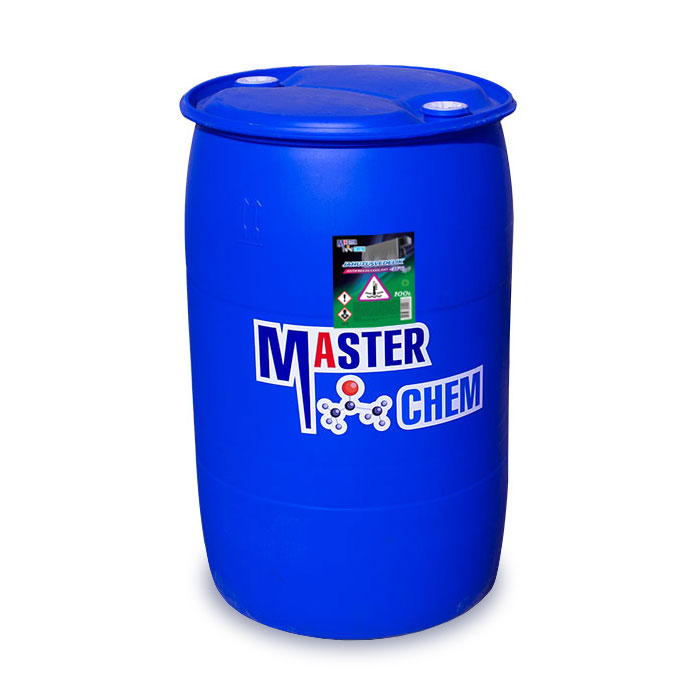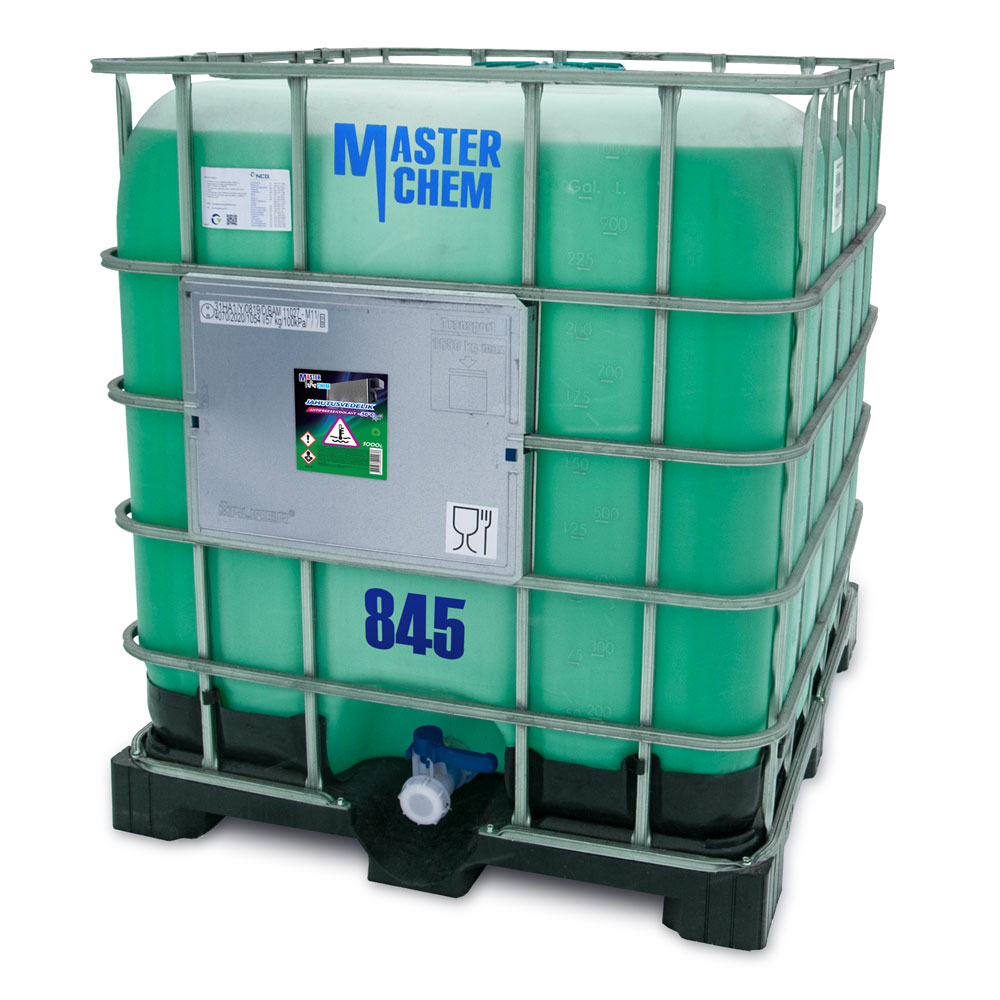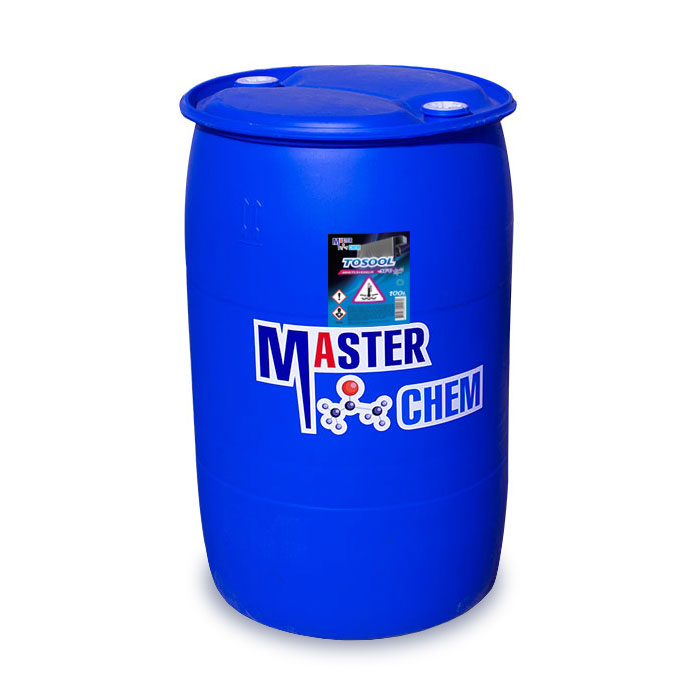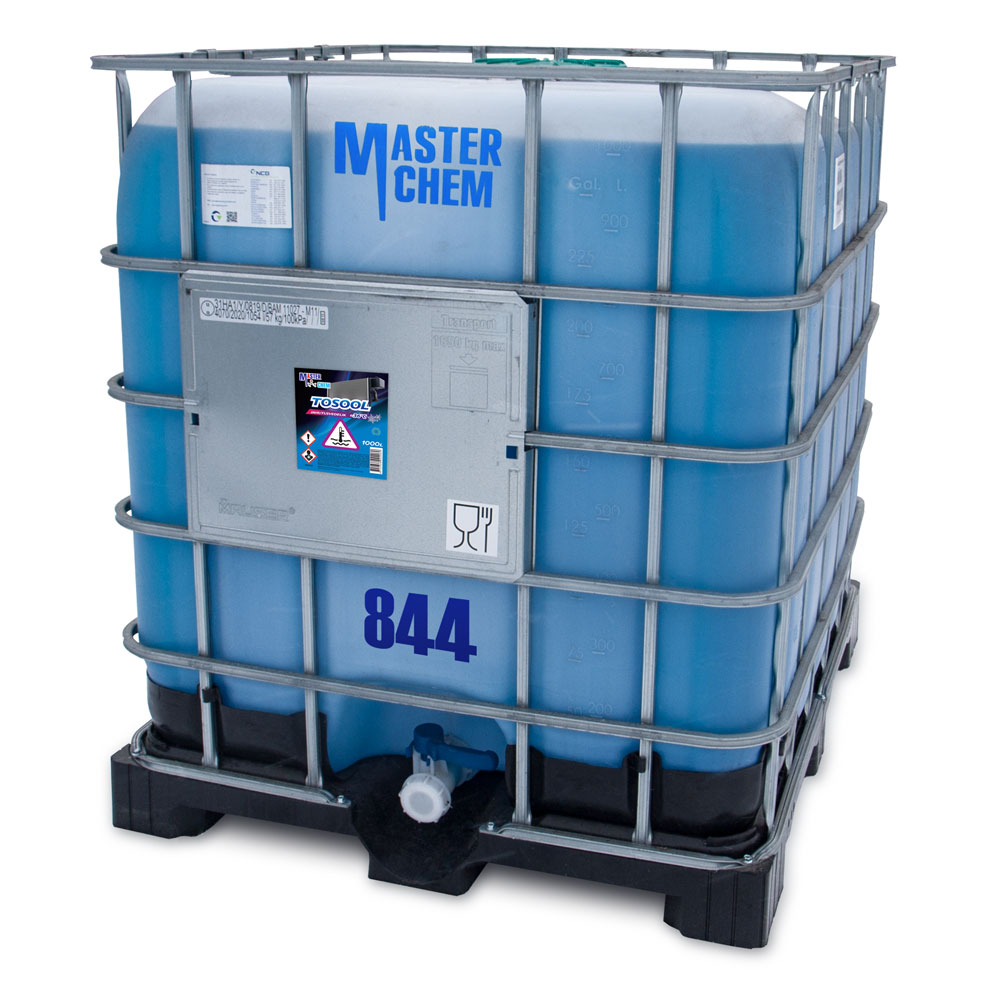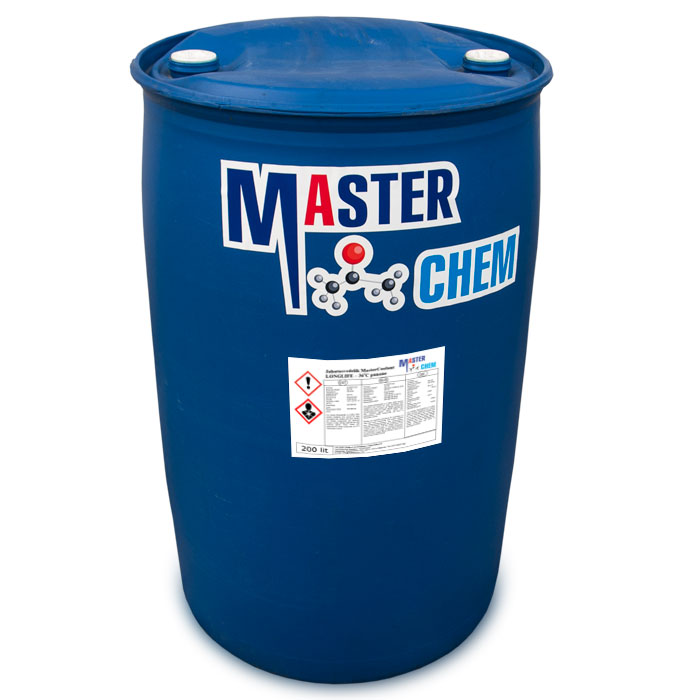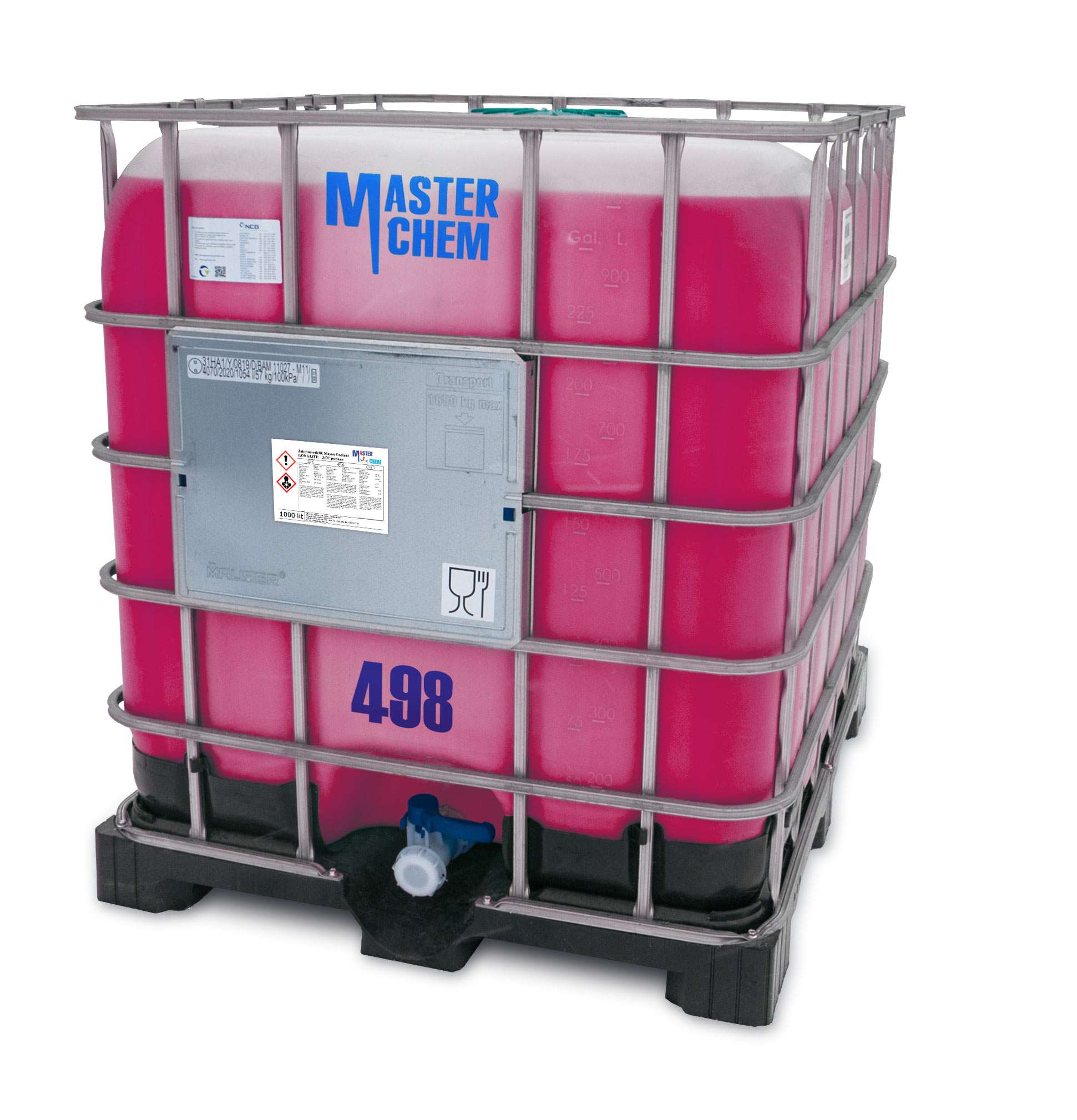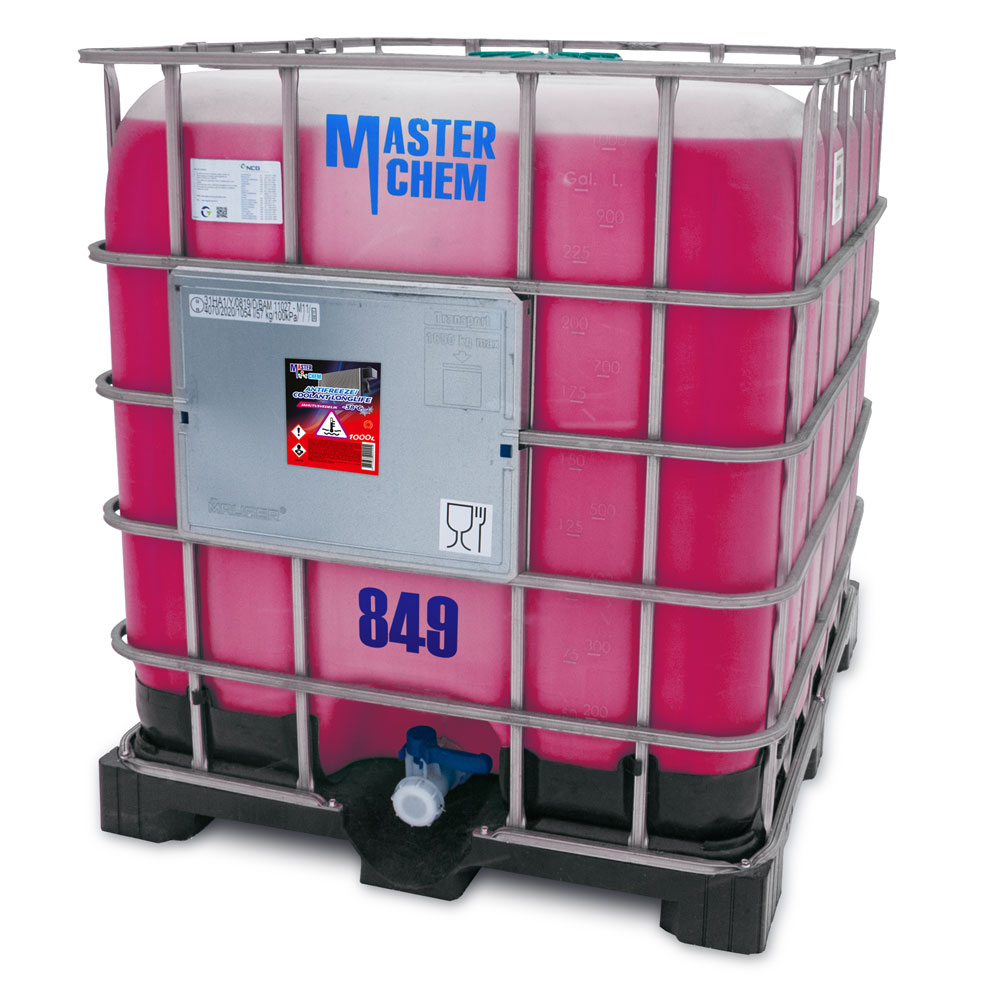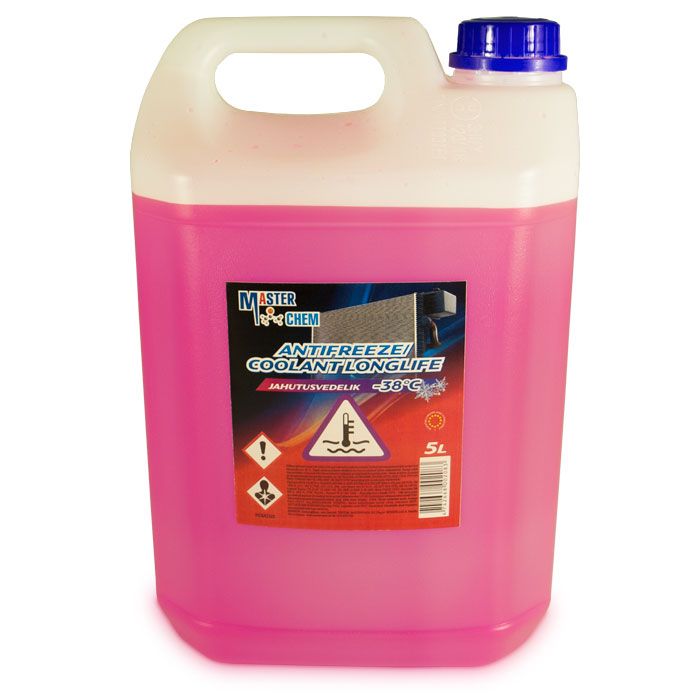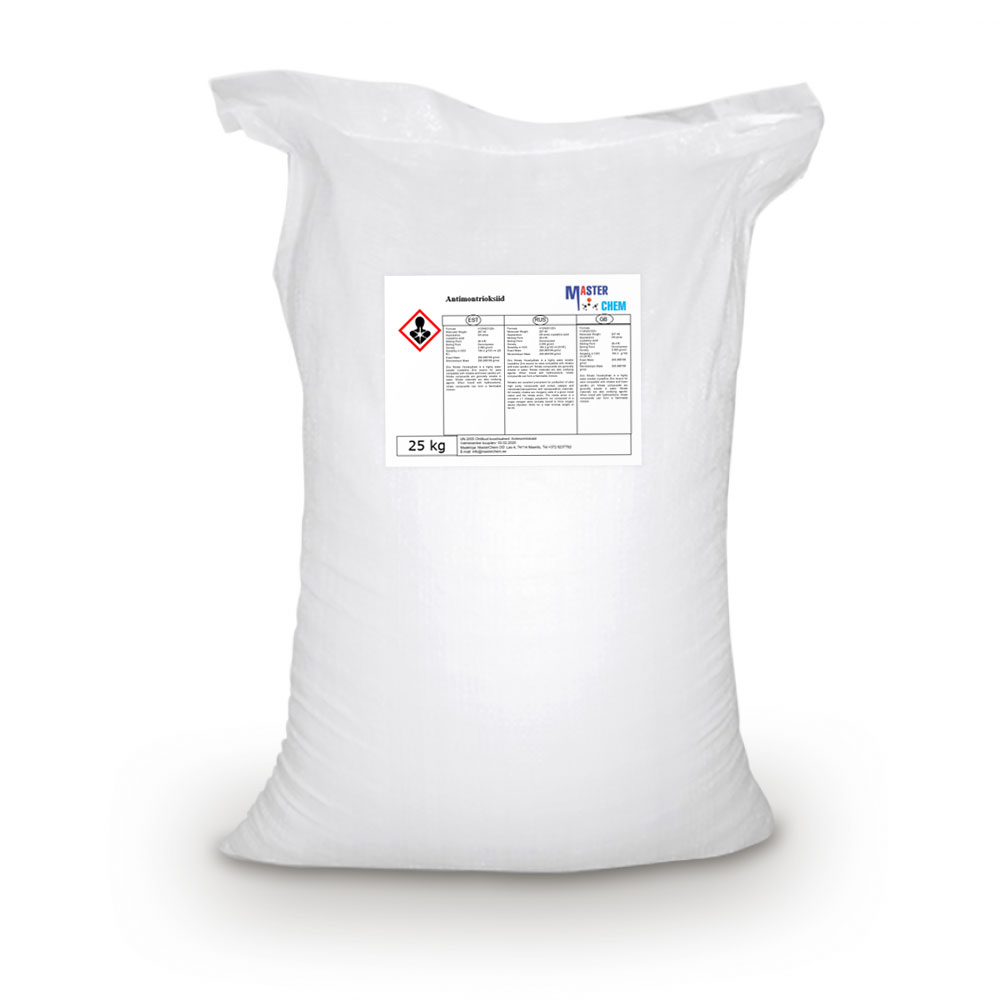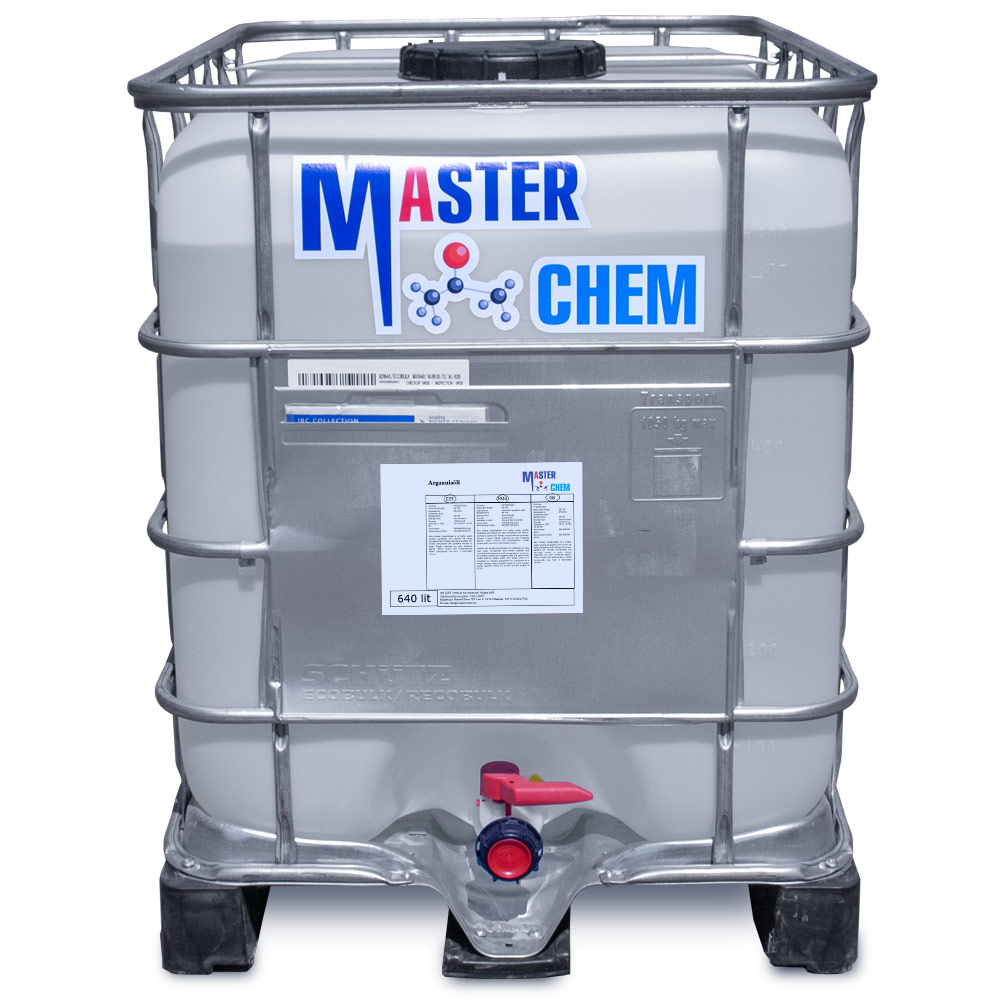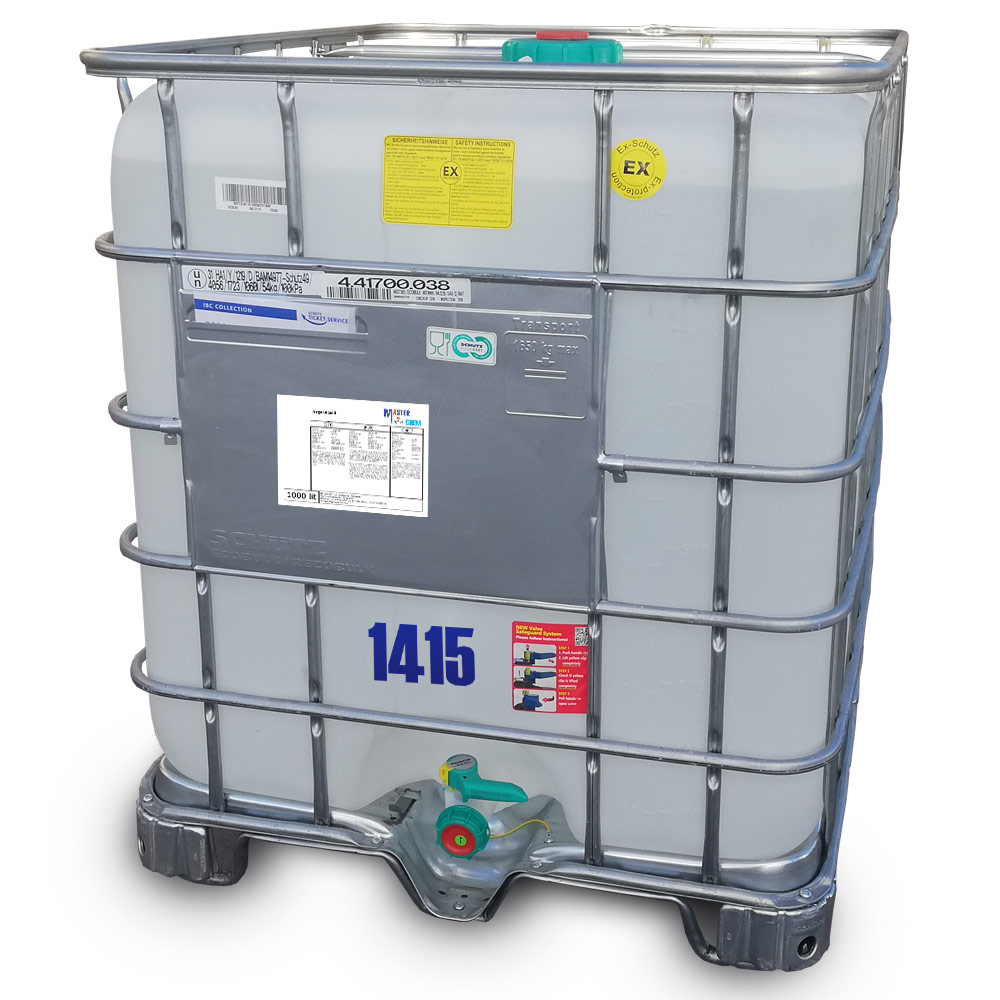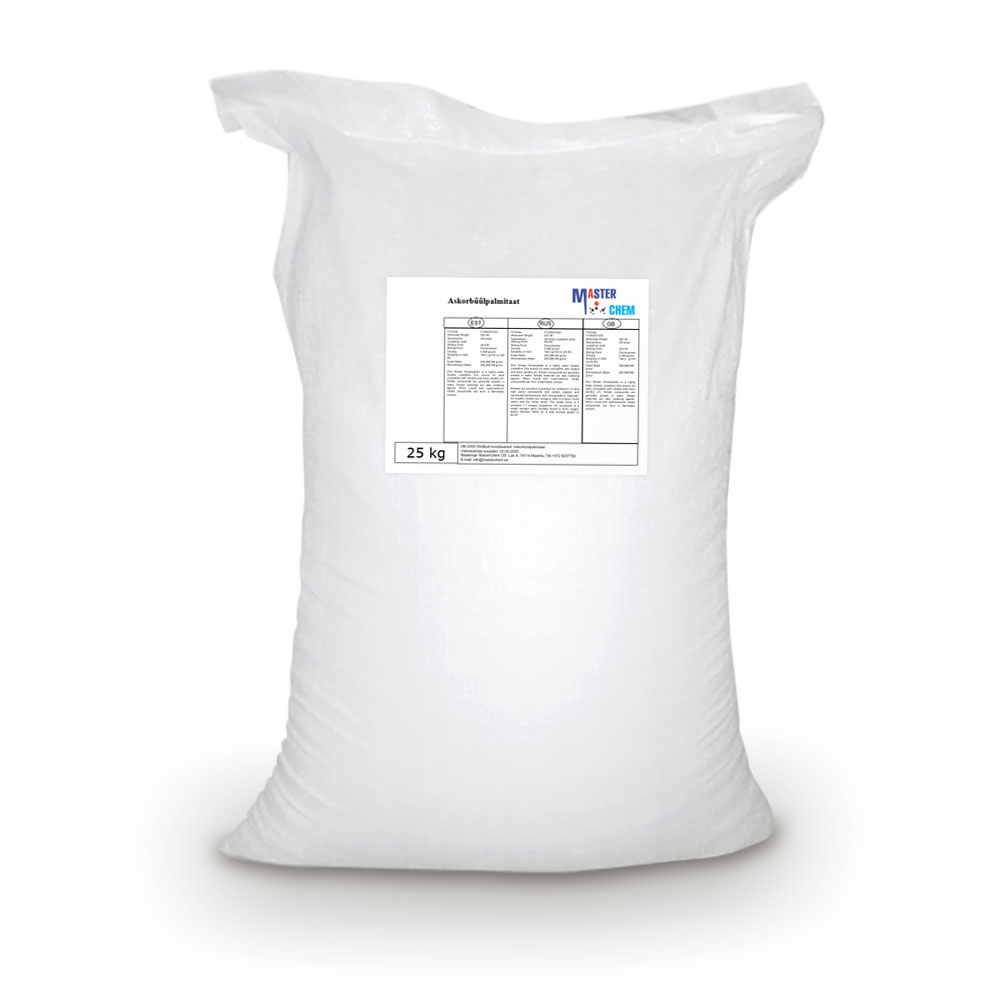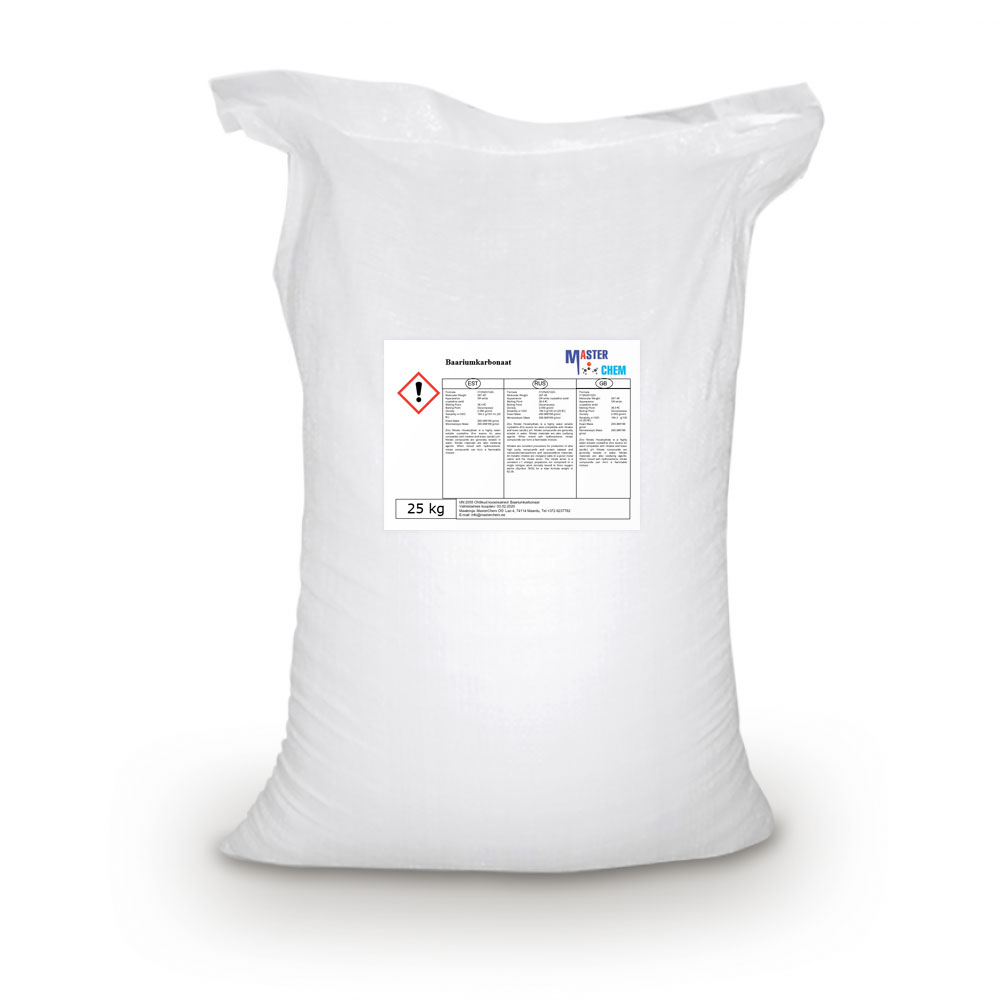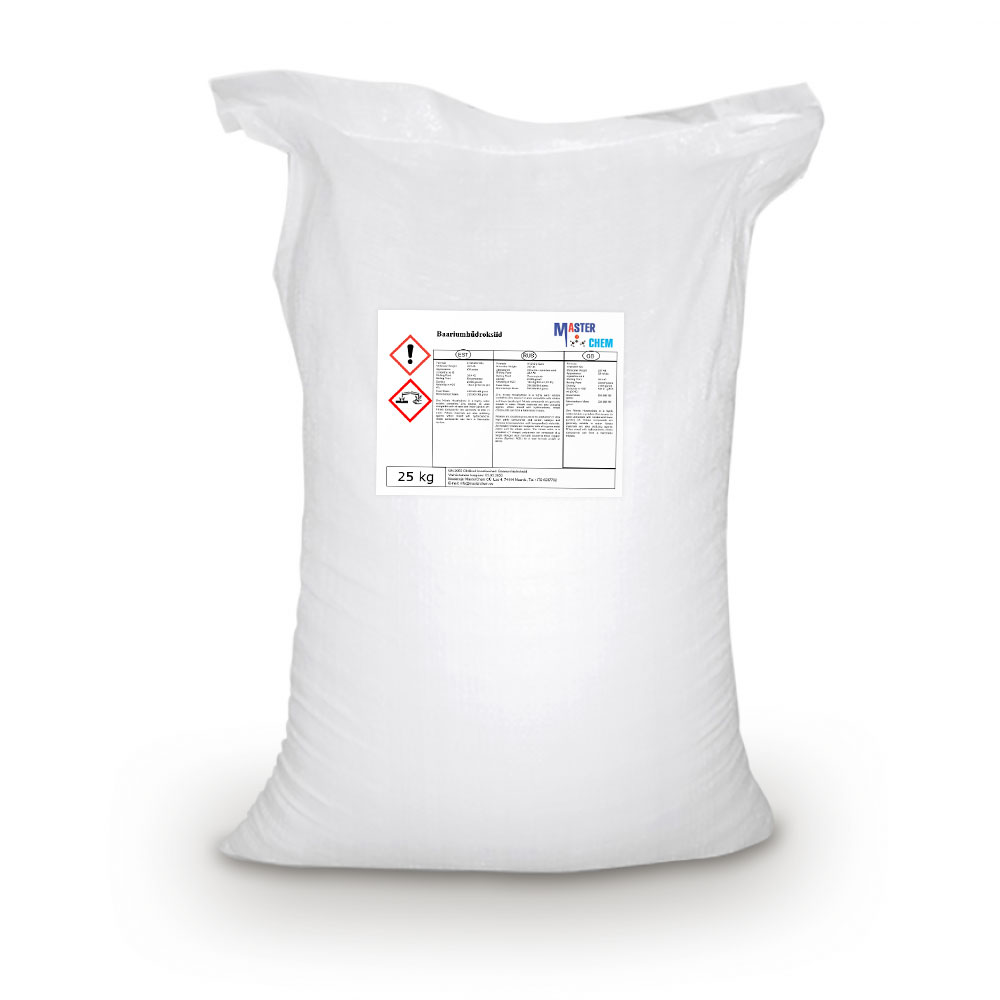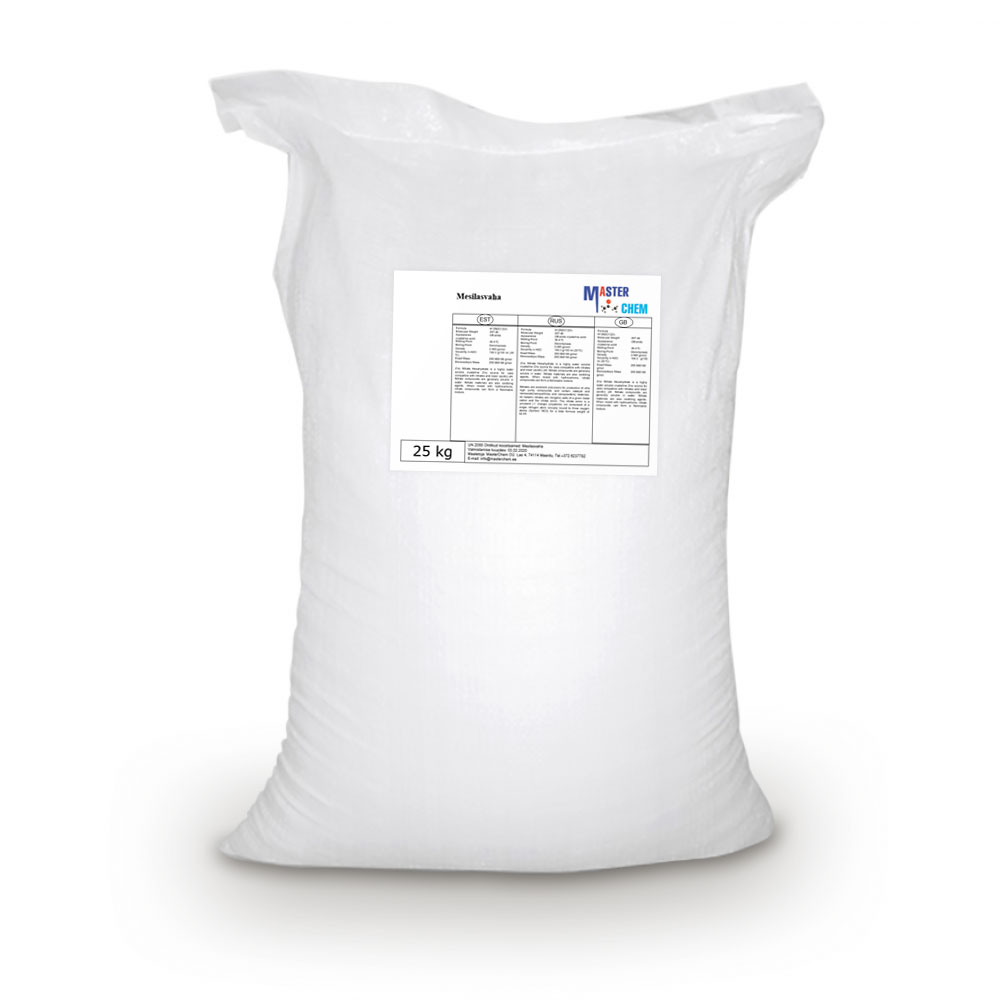Currently Empty: €0.00
Antifreeze -36°C Green
Ready-to-use ethylene glycol-based coolant for all gasoline and diesel engine cooling systems. Also suitable as a working fluid for heat exchangers at low and medium temperatures. Ensures proper engine operation, frost and corrosion protection. Freezing temperature up to -36 ° C. Service life in cooling system 2-3 years. Exceeds most European and international standards, including: ASTM В3306, BS 6580 (1992), AFNOR NF R15-601, SAE J1034.
Antifreeze Specification (TDS)
- Ethylene glycol 35%
- Ethylene glycol 40%
- Ethylene glycol 50%
- Ethylene glycol 100%
Antifreeze / Coolant TOSOL -36°C Blue
Ready-to-use coolant for vehicles is intended for use in all types of modern cooling systems, as specified by the vehicle manufacturer. Protects the cooling system at temperatures above -36 ° C. Tosol can be used in combination with other coolants (made from ethylene glycol basil). Conforms to BS 6580 and ASTV 3306 standards.
Antimony trioxide (CAS 1309-64-4)
Antimony trioxide (CAS 1309-64-4)
Antimony(III) oxide is the inorganic compound with the formula Sb2O3. It is the most important commercial compound of antimony. It is found in nature as the minerals valentinite and senarmontite. Like most polymeric oxides, Sb2O3 dissolves in aqueous solutions with hydrolysis. A mixed arsenic-antimony oxide occurs in the nature as the very rare mineral stibioclaudetite.
Antimony(III) oxide is an amphoteric oxide, it dissolves in aqueous sodium hydroxide solution to give the meta-antimonite NaSbO2, which can be isolated as the trihydrate. Antimony(III) oxide also dissolves in concentrated mineral acids to give the corresponding salts, which hydrolyzes upon dilution with water. With nitric acid, the trioxide is oxidized to antimony(V) oxide.
When heated with carbon, the oxide is reduced to antimony metal. With other reducing agents such as sodium borohydride or lithium aluminium hydride, the unstable and very toxic gas stibine is produced. When heated with potassium bitartrate, a complex salt potassium antimony tartrate, KSb(OH)2•C4H2O6 is formed.
Argan oil (CAS 223747-87-3)
Argan oil (CAS 223747-87-3)
Argan oil is a plant oil produced from the kernels of the argan tree (Argania spinosa L.).
Argan oil has a relative density at 20 °C (68 °F) ranging from 0.906 to 0.919.
Argan oil contains tocopherols (vitamin E), phenols, carotenes, squalene, and fatty acids (80% unsaturated). The main natural phenols in argan oil are caffeic acid, oleuropein, vanillic acid, tyrosol, catechol, resorcinol, (−)-epicatechin and (+)-catechin.
Depending on the extraction method, argan oil may be more resistant to oxidation than olive oil.
Ascorbyl palmitate (CAS 137-66-6)
Ascorbyl palmitate (CAS 137-66-6)
Ascorbyl palmitate is an ester formed from ascorbic acid and palmitic acid creating a fat-soluble form of vitamin C. In addition to its use as a source of vitamin C, it is also used as an antioxidant food additive (E number E304). It is approved for use as a food additive in the EU, the U.S., Canada, Australia, and New Zealand.
Ascorbyl palmitate is also marketed as “vitamin C ester”. It is synthesized by acylation vitamin C using different acyl donors.
Barium carbonate (CAS 513-77-9)
Barium carbonate (CAS 513-77-9)
Barium carbonate is the inorganic compound with the formula BaCO3. Like most alkaline earth metal carbonates, it is a white salt that is poorly soluble in water. It occurs as the mineral known as witherite. In a commercial sense, it is one of the most important barium compounds.
It is mainly used to remove sulfate impurities from feedstock of the chlor-alkali process. Otherwise it is a common precursor to barium-containing compounds such as ferrites.
Barium hydroxide (CAS 12230-71-6)
Barium hydroxide (CAS 12230-71-6)
Barium hydroxide is a chemical compound with the chemical formula Ba(OH)2(H2O)x. The monohydrate (x = 1), known as baryta or baryta-water, is one of the principal compounds of barium. This white granular monohydrate is the usual commercial form.
Industrially, barium hydroxide is used as the precursor to other barium compounds. The monohydrate is used to dehydrate and remove sulfate from various products.[5] This application exploits the very low solubility of barium sulfate. This industrial application is also applied to laboratory uses.
Barium sulfate (CAS 7727-43-7)
Barium sulfate (CAS 7727-43-7)
Barium sulfate (or sulphate) is the inorganic compound with the chemical formula BaSO4. It is a white crystalline solid that is odorless and insoluble in water. It occurs as the mineral barite, which is the main commercial source of barium and materials prepared from it. The white opaque appearance and its high density are exploited in its main applications.
Beeswax (CAS 64742-26-3)
Beeswax (CAS 64742-26-3)
Beeswax absolute is obtained by alcohol extraction of beeswax. The yield is generally less than 1%.The yellowish-brown, viscous product has a mild, honey-like odor, and high tenacity; it is used almost exclusively in fine fragrances.
Crude yellow beeswax is harvested together with honey and represents a secondary secretion of the bee. Once the honey is recovered from the honeycomb by draining the cells, the wax combs are washed with water, melted and poured into molds to harden. The wax is refined by melting in hot water to which sulfuric acid or alkali may be added to extract impurities. The resulting wax is referred to as yellow beeswax. Yellow beeswax contains cerolein, a mixture of fatty acids and soluble in hot alcohol and slightly soluble in cold alcohol; myricyl alcohol and myricyl palmitate, insoluble in alcohol. Beeswax is produced worldwide with the same chemical composition. The odor may vary slightly, depending on the source.

